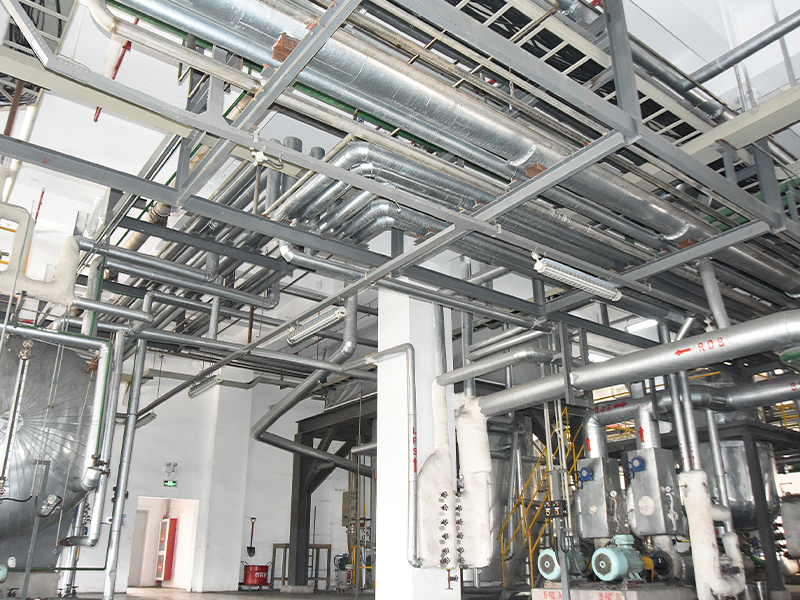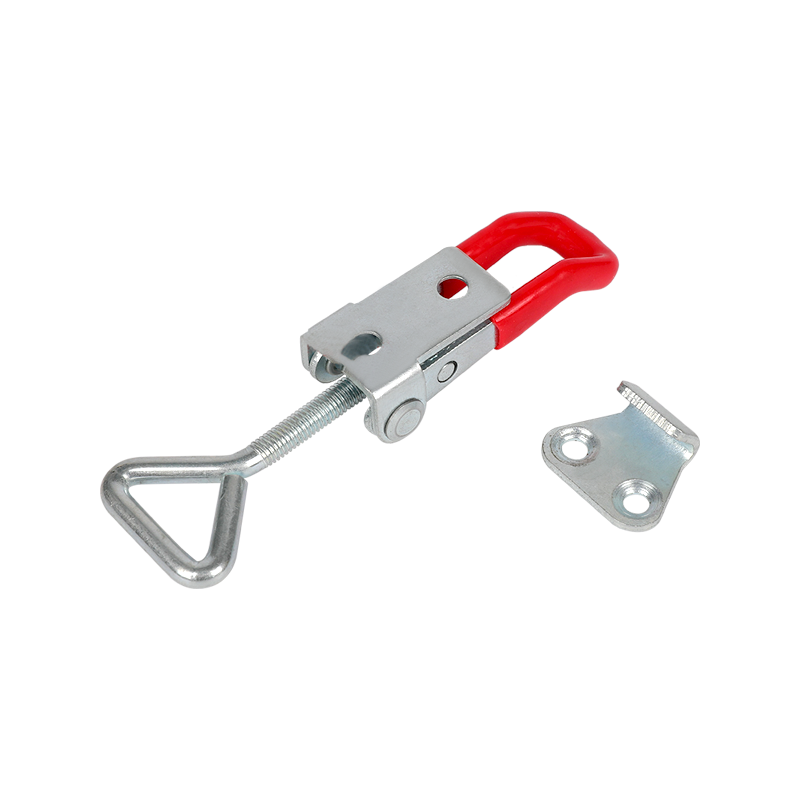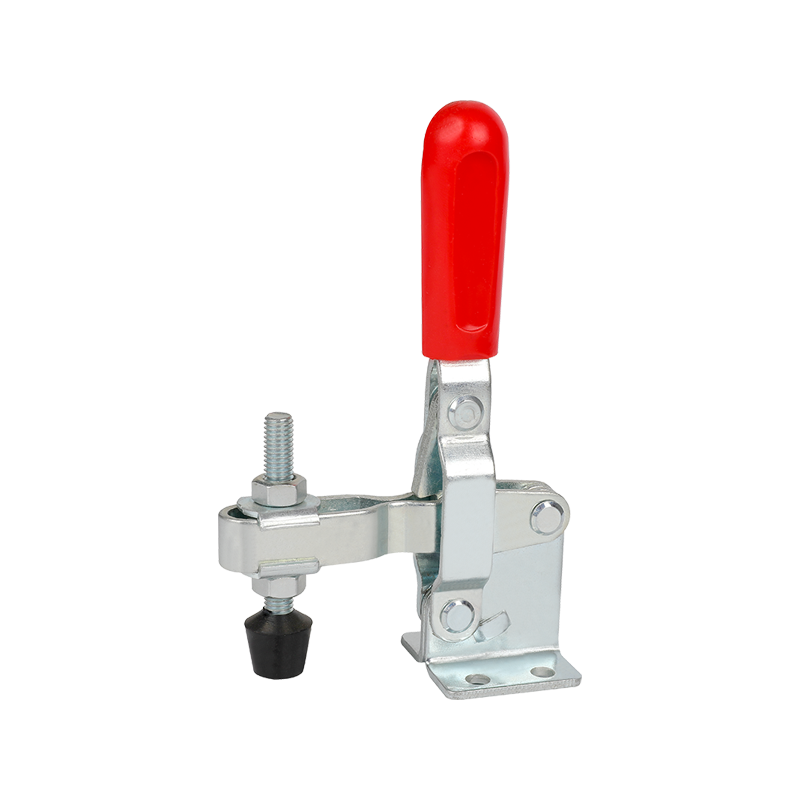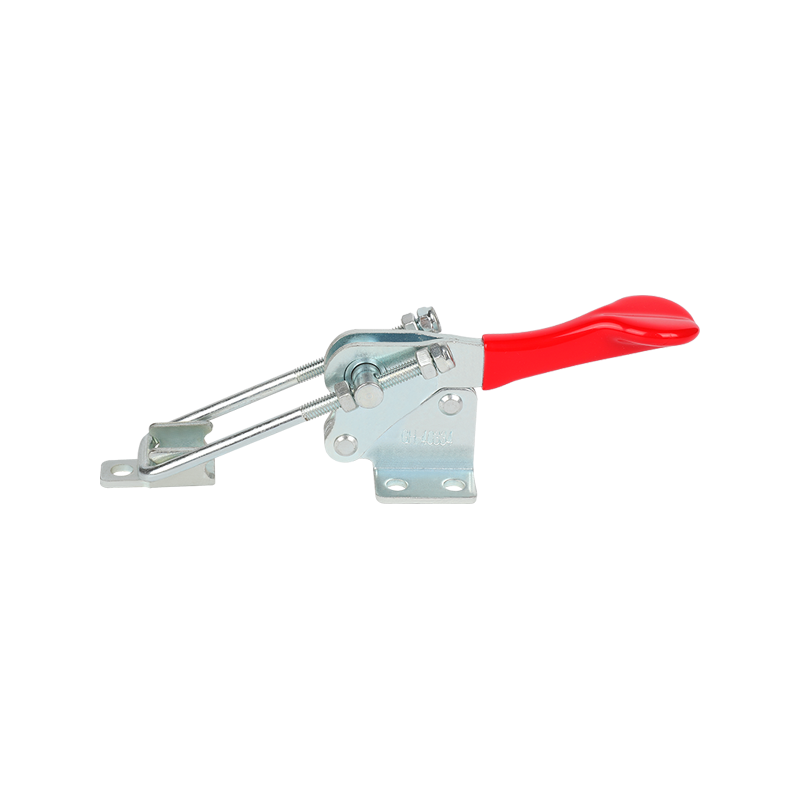1. Overview of adjustable toggle latch clamp
As the name implies, the adjustable toggle latch clamp is a hinged locking device with adjustment capability. It not only enables a rotational connection between two or more parts, but also ensures the stability and safety of the connection by adjusting the locking force and angle. This design flexibility makes the articulated latch clamp particularly important in application scenarios that require frequent adjustments or dynamic loads.
2. Basic principles of mechanical locking methods
Most adjustable toggle latch clamp s rely on mechanical locking methods to achieve their functions. The core of this locking mechanism lies in the locking mechanism inside the latch clamp, which firmly fixes the articulated parts together through the action of various fasteners. The mechanical locking method is favored because of its simple structure, high reliability and low maintenance cost.
3. Composition and working principle of the locking mechanism
The locking mechanism is the core component of the adjustable toggle latch clamp . It may contain multiple types of fasteners, such as bolts, nuts, pins, etc. Each fastener has its specific application scenario and working principle.
Bolt and nut combination: This is the most common form of locking mechanism. The bolt is rotated to pass through the reserved hole of the hinged part and tightened with the nut to achieve the locking effect. The thread design of the bolt can effectively prevent loosening, while the locking force of the nut can be controlled by adjusting the degree of rotation.
Pin locking: Pins are usually used in applications that require higher locking strength or prevent rotation. One end of it is inserted into the hole of the hinged part, and the other end is fixed by tapping or threading to achieve irreversible locking. The pin locking mechanism is often used in occasions with high safety requirements due to its high strength and stability.
Other fasteners: In addition to bolts, nuts and pins, fasteners such as snaps and spring locks are also used in certain types of adjustable hinged latch clamps. These fasteners achieve fast and reliable locking through different mechanical principles, such as elastic compression, snap locking, etc.
4. Flexibility of adjustment and locking process
The advantage of adjustable hinged latch clamps lies not only in their strong locking ability, but also in their high adjustment flexibility. Users can easily adjust the locking force and articulation angle according to actual needs through simple tool operations (such as screwdrivers, wrenches, etc.) to achieve precise positioning and fixation. This flexibility greatly improves the adaptability and efficiency of the equipment.

 English
English Español
Español русский
русский




